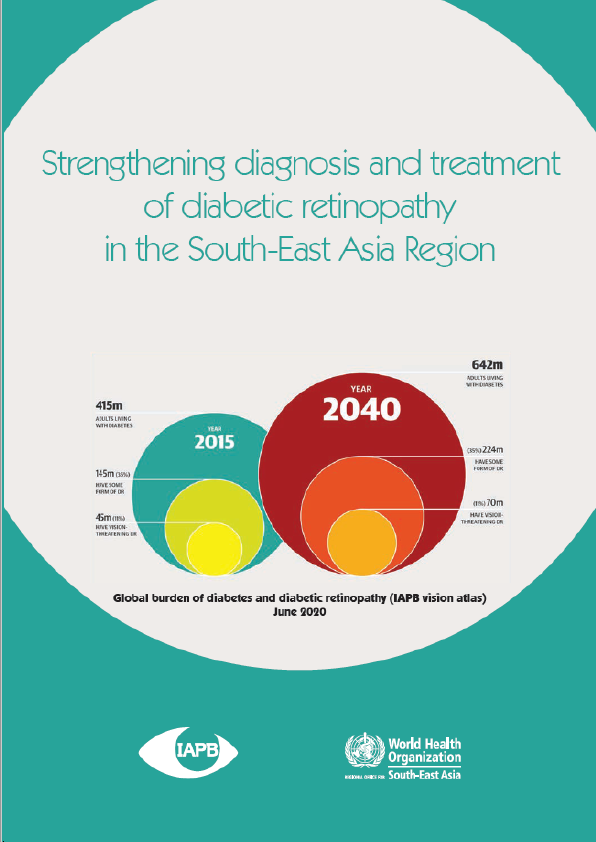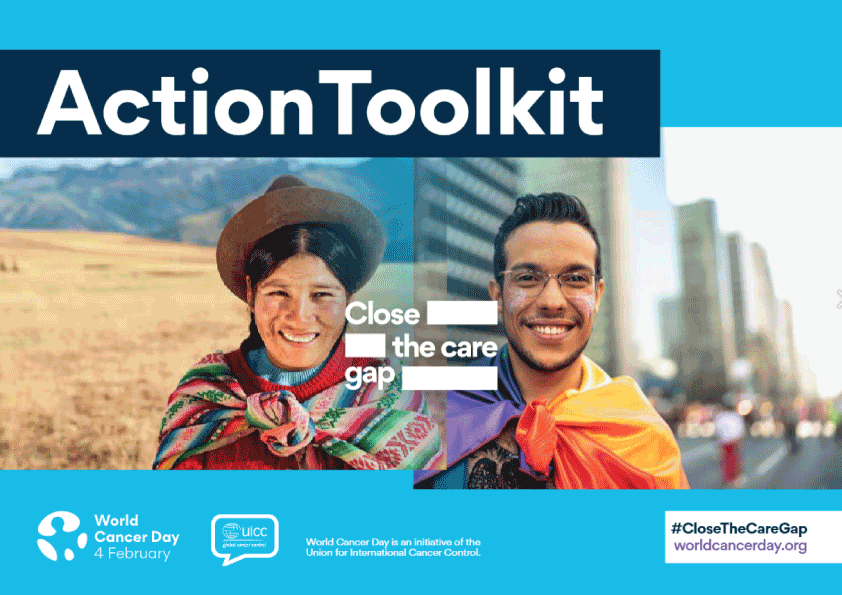No country in the world is able to provide every health service to everyone. Choices must be made on the path to universal health coverage. By changing from ad hoc or implicit priority setting and rationing of services, to systematic, evidence-based and transparent priority setting, countries can substantially improve access to essential high-quality services, improve health outcomes, and achieve national and global SDG targets. This note describes eight guiding principles when prioritizing and selecting health care services.
All UN Member States have signed up to the Sustainable Development Goals (SDGs) including target 3.8: “achieve universal health coverage (UHC), including financial risk protection, access to quality essential health care services, and access to safe, effective, quality, and affordable essential medicines and vaccines for all.” The World Health Organization supports Universal Health Coverage through is Global Programme of Work, empowering countries to expand the reach of UHC. Part of this process is to support the identification of context specific health benefit packages.
The path to UHC will vary from country to country, and there is no ‘one-size-fits-all’ approach. Local context, history, the existing health system, values and available resources will shape how countries finance and scale up services in their progressive realization of UHC. UHC reform entails securing robust financing for essential services that are available to everyone who needs them, without financial hardship. Since available resources are scarce, priorities must be set, and many countries have found it useful to define high priority services, or packages of essential health care services, that will define the core of what should be made available to all citizens from public funds. In this way, UHC will promote better health for all, with equity, with quality and without financial hardship.
Why defining essential health care services is key WHO’s consultative group on equity and universal health coverage noted that to achieve UHC, countries must advance in at least three dimensions, as previously identified in the 2010 World Health Report.
Define and scale up essential health services, and include more people until there is universal access.
Countries must define and scale up essential health services, include more people until there is universal access, and reduce or eliminate out-of-pocket payments for all essential services. Without defining which services are essential and where and by whom they should be provided to have a health impact, it is hard to scale up all possible services with sustainable funding. No country in the world is able to provide everything to everyone from public funds. Choices must be made on the path to UHC.
Within every health system, current service provision contains a health benefit package, which may be explicit in some cases, or implied in others. By creating an explicit health benefit package, countries can begin to establish guarantees for service access. Citizens should be aware of what they are entitled to receive, and what responsibilities they have for accessing services. In order to select the health benefit package, difficult decisions must be made about what the country can afford to deliver through public funds. This involves a series of trade-offs, whereby different, often opposing, priorities and criteria are balanced against each other in order to develop an explicit package. For example, a country may need to choose whether to spend its limited resources on scaling up HIV screening and testing or second-line HIV treatment. If the country considers maximisation of population health as its main criterion, it may prioritise the former service (other things equal). In contrast, if the country considers it more important to take care of the worst-off segments of its population (here: severely ill HIV patients), it may prioritise the latter service.
Most countries have historically defined high priority services through national planning documents, five-year strategic plans and annual budgets. National priorities have often been sound and reasonable, although sometimes ad hoc and sometimes with lack of clarity. Today, many countries are now in the fortunate position that there is more evidence available than ever before for better priority setting. Whilst not yet the case for every country, in many cases as investments in strong data systems intensify, ministries of health and finance increasingly have access to databases, reports, national and international research that can help them make better decisions informed by evidence on the burden of disease in their country, which programs and services are most effective, and at what cost.
By changing from ad hoc or implicit priority setting and rationing of services, to systematic, evidence-based and transparent priority setting, countries can substantially improve health outcomes, improve access to important high-quality services and achieve national and global SDG targets. Countries can move towards a health system where there is universal access to services that improve health the most, for those with greatest needs. Countries that have made systematic priority setting a key component of their health system include New Zealand, Australia, Thailand, the Philippines, The Netherlands, Sweden, Norway, England, Ethiopia, Chile and Mexico.











